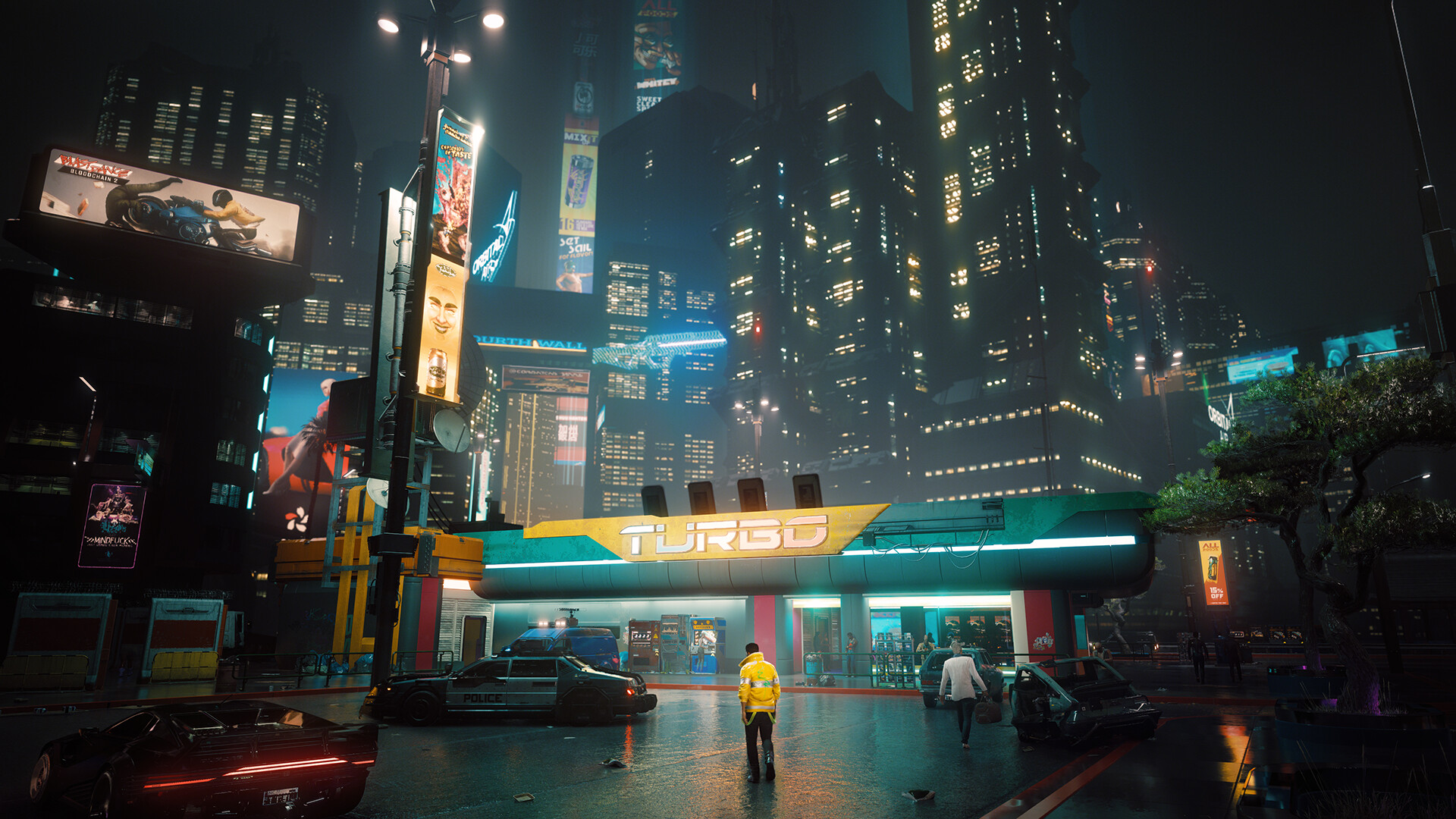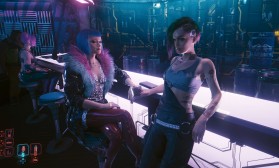The Sonic Terror of the Ishimura: Deconstructing the Sound Design of the Dead Space Remake
The 2023 remake of Dead Space is a masterclass in modern horror game design, a meticulous reconstruction that honors the original while leveraging new technology to deepen the sense of dread. While its visual fidelity and gameplay refinements have been rightly praised, it is arguably in the realm of sound design where the remake most profoundly asserts its terrifying identity. The audio landscape is not merely an accompaniment to the horror; it is the primary vehicle for it. And at the heart of this sonic nightmare lies the grotesque and unforgettable audio signature of the Necromorphs.
The original 2008 game established a high bar for creature sounds, using distorted human vocalizations and organic, wet textures to create something deeply unsettling. The remake’s sound team, led by Audio Director Olivier Asselin, took this foundation and, using contemporary tools and a more nuanced approach, crafted something even more visceral and intelligent. The philosophy was clear: move beyond simple scare tactics and build a cohesive, believable, and psychologically invasive audio ecosystem for the Necromorphs.
The Anatomy of a Scream: Vocal Design
The most immediate and horrifying element of any Necromorph is its voice. These are not the roars of animals or the groans of zombies; they are the corrupted, pain-wracked echoes of the humans they once were. The sound team employed a complex multi-layered process to achieve this effect.
At the core are human vocal performances. Voice actors were recorded delivering lines of dialogue, but not typical monster lines. They were instructed to scream phrases like “Help me!” or “It hurts!”—the desperate cries of a dying consciousness trapped within the reanimated corpse. These performances were then put through an extensive processing chain: pitch-shifting, time-stretching, reversal, and heavy distortion using granular synthesis and custom plugins. The result is a cacophony that feels both alien and tragically familiar. You can almost discern a human word within the screech, a ghost in the biological machine, which makes it all the more disturbing. This creates a profound dissonance; the enemy you are dismembering sounds like a victim, complicating the player’s role as a survivor and blurring the line between perpetrator and prey.
The Symphony of Gore: Movement and Dismemberment
A Necromorph is never silent, even when it’s seemingly at rest. Their movement audio is a symphony of grotesque biological functions. The sound designers foleyed a vast library of organic sounds—raw meat tearing, wet sponges squeezing, bones cracking, and gelatinous substances shifting. These elements are dynamically layered based on the creature’s speed and anatomy. A Slasher’s bladed arms produce sharp, metallic scrapes as they drag along the floor, accompanied by the squelching of exposed musculature and the unnatural popping of inverted joints.
The iconic Strategic Dismemberment gameplay mechanic receives its visceral punch from sound. Each precise plasma cutter shot, each bone severed, and each final kill is punctuated by a horrifically satisfying crunch and splash. The sound sells the impact far more than any visual effect could. The tearing of tendon, the snap of bone, and the wet thud of a limb hitting the deck are rendered in stomach-churning detail. This feedback loop is crucial; the sound provides the tangible reward for a well-placed shot, making the combat feel impactful and brutal, yet the organic nature of the sounds ensures it never feels celebratory. It is clinical, messy, and horrifying.
The Unseen Horror: Ambience and Diegetic Sound
Perhaps the most significant advancement in the remake’s sound design is its fully dynamic and diegetic audio system. The Ishimura itself is a character, and its groans, creaks, and distant echoes are constantly playing against the sounds of the Necromorphs. This environment is used masterfully to breed paranoia.
The A.L.I.V.E. system, which governs Isaac’s breathing, heart rate, and dialogue, is seamlessly integrated with the creature sounds. As Isaac’s heart pounds louder in his chest, the player’s own anxiety rises, making it harder to distinguish between the thumping in their headphones and the scuttling of a Lurker in a nearby vent. The game frequently employs misdirection. A distant metal clang might be a loose panel, or it might be the first hint of a Leaper’s approach. The groaning of the ship’s hull mimics the moans of a Necromorph, keeping the player in a perpetual state of alertness.
This is where the 3D positional audio shines. The remake demands a good headset, as survival depends on auditory cues. The precise directionality of a whispered sob, the skittering of a Swarm moving through a wall cavity, or the faint, wet dragging sound of a Necromorph just around the next corner transforms the audio into a vital navigational and tactical tool. The horror often comes from what you hear but cannot yet see. Your imagination, fed by the terrifying sound palette, constructs threats far worse than any the game could show you.
The Hunter: A Case Study in Sonic Dread

The ultimate embodiment of this sonic philosophy is the Hunter, the unkillable Necromorph that stalks Isaac for much of the game. Its audio design is a masterwork of escalating tension. It is first introduced not by a jump-scare, but by its sound: a deep, rhythmic, guttural breathing and the methodical, heavy thud of its footsteps. These sounds are its signature, a constant auditory reminder of its presence that grows louder and more pervasive as it draws near. The sound design makes the Hunter feel like an inevitable force. You don’t just run from its visual model; you flee from the approaching symphony of its breath and footsteps. It is a predator whose sound is its primary weapon, paralyzing the player with fear before it ever enters the room.
In conclusion, the sound design of the Dead Space remake, particularly concerning the Necromorphs, is a transformative achievement. It moves far beyond aesthetic enhancement to become the central nervous system of the horror experience. By crafting sounds that are psychologically invasive, biologically believable, and intelligently integrated into gameplay, the audio team didn’t just make the Necromorphs sound scary. They gave them a voice, a presence, and a terrifying reality that lingers in the player’s mind long after the screen has gone dark. The Ishimura is a quiet ship, but it is never silent. And in that silence between the sounds of horror, the true terror takes root.














